A territory full of contrasts in search of a balance between economic growth and environment protection.
In this colour palette, the grey and green colours remind the recent history of the estuary. The grey period corresponds to that of the engineers, who, since 1750, have tried to harness the nature, improve the navigability, have the estuary enter into the industrial era. The green period starts in the 1980s with the setting up of the process of metropolization which induces understanding and fully developing the estuary. As can be seen from three symbolic events: the rediscovery of Jean-Jacques Audubon, world-famous naturalist who spent his childhood in Nantes and Couëron ; the reappearance of the angelica heterocarpa, a plant that quietly symbolizes the river renovation ; and the new life of the Basse-Loire sea canal that is becoming a part of the heritage and is opening up to outdoor activities.
Heritage and environment
The richness of the estuary heritage is also expressed through 40.000 hectares of humid zones, which, besides their floristic and faunistic interest, show the great human adventure for the water management of estuary marshes since the Middle Ages.
After the Camargue region, the Loire estuary is part of the main humid zones in terms of surface area. With more than 700 plant species and almost 230 bird species, the marshes of the Loire River give the estuary an ecological monument status. Among the emblematic and protected species, one can find the European white stork, the Reed warbler, the otter which are given special care (counting, ringing, etc.), the checkered fritillary, a very beautiful white and purple chequered plant that belongs to the rare and endangered flora of the estuary…
The waters of the Loire estuary have always brought a significant richness, major element in the riverside population diet, and then, precious goods with the river and maritime trade advent. If the estuary supplies fresh water fishes, « coarse fishes » (pike, pike-perch…), for centuries, fishing has always been based on the use of migratory fishes crossing the oceans and coming to reproduce, to grow or to die in the estuary: mullets, eels and its alevin the elver, shads, lampreys, salmons…
Like a long green scarf winding round the white and red chimneys of the Cordemais plant, the marshes are developed and artificialized territories. Men developed them for breeding and forage production. The water runs according to a subtle game of doors, gates and valves. Major stake of the estuary biodiversity, marshes are delicate and require continuous care. Without human intervention, they would disappear.
Although the current reality of the Loire estuary and its heritage wealth are rich enough to apprehend the territory identity, understanding the estuary and becoming aware of the related heritage stakes require adopting a new way to look at things and acquiring the main keys to a proper understanding of an area between Nantes and Saint Nazaire which is still much unknown.
A history inextricably linked with the harbour activities
Due to its special location, the territory developed its harbour activity and, today, it has become the fourth harbour in France, the first one on the Atlantic, with a traffic of about thirty five million tons of goods per year.
For a long time, the harbour towns located at the far end of the estuary had been given an advantage because of the types of ships that were used at that time. Nantes but also Rezé have been harbours since the Gallo-Roman era. In the Middle Ages, Nantes is active, just like marsh creek harbours that are all outer harbours of Nantes spread out along the estuary. Soon, the evolution of vessel size and their draft completely change the situation and harbours close to the ocean mouth become favoured. As soon as the XVIth century, the largest ships loaded with cargoes bound for Nantes unload their goods in Couëron, whereas Paimbœuf prevails in the XVIIIth century. Unfortunately, constant efforts to develop the estuary and its navigability all the way to Nantes prove to be insufficient from the XIXth century and even more in the XXth century when the sites close to the estuary mouth dominate: Saint-Nazaire, Donges, Montoir.
In order to understand the real identity of the territory, another criterion needs to be taken into account: “small harbours”. This is how the public works engineers called the marsh creek harbours located along the riverbanks from Ancenis up to the river mouth. Most of them remain as a relic from the past (Rohars, Port-Launay, Port-Lavigne…), others were completely fossilized by alluvial deposits. Marsh creek harbours were an important element of the estuary landscape as they symbolized the close link between the hinterland and the river.
The industrial estuary
Saint Nazaire shipyards are the heirs to a long metallurgic tradition represented, in particular, by two factories located by the river: the first one in Indret (DCN) dates back to 1777 and the other one in Basse-Indre (Arcelor packaging international, formerly les Forges) from 1821. As a consequence of the colonial trade, agri-food industries, sugar refinery and biscuit industries developed in Nantes… With such a growth, the estuary is looked on as an industrial complex as soon as the 1880s, which, henceforth, has left an indelible mark on the landscape both by its factories and its obsolete industrial zones.
